Digital Classroom
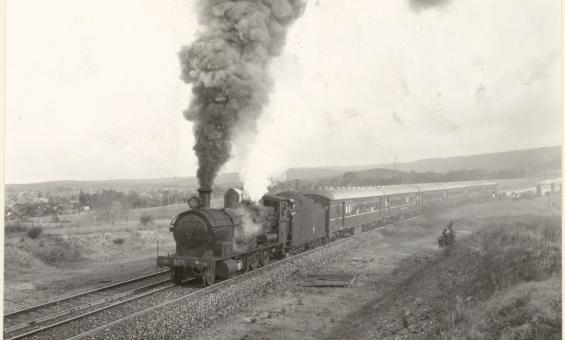
Ian Mitchell & Australian News and Information Bureau, Steam locomotive hauling a passenger train on the Southern Highlands of New South Wales, 1970, nla.gov.au/nla.obj-137739465

Australian Consumers' Association, Colour TV: what to look for when buying a set, 1977, nla.gov.au/nla.cat-vn1285282
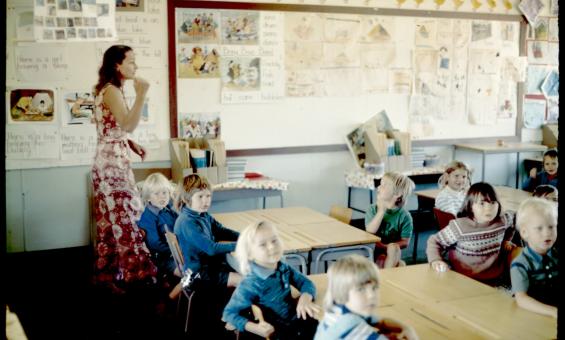
Wolfgang Sievers, Teacher and small children in a classroom at Tom Price, Western Australia, 1975, nla.gov.au/nla.obj-160837401
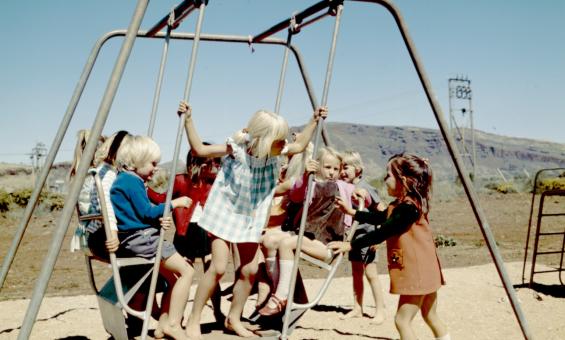
Wolfgang Sievers, Children on a swing at Tom Price, Western Australia, 1975, nla.gov.au/nla.obj-160837526
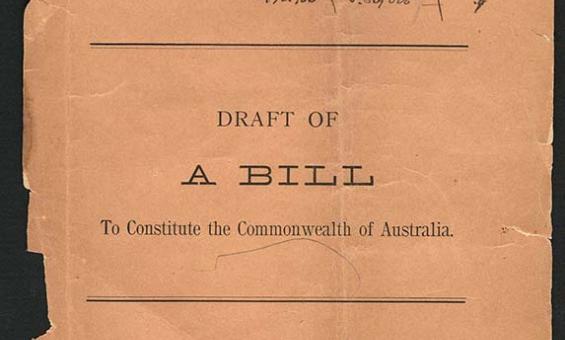
Sir Edmund Barton, Papers of Sir Edmund Barton, 1827-1940, nla.gov.au/nla.obj-225140407
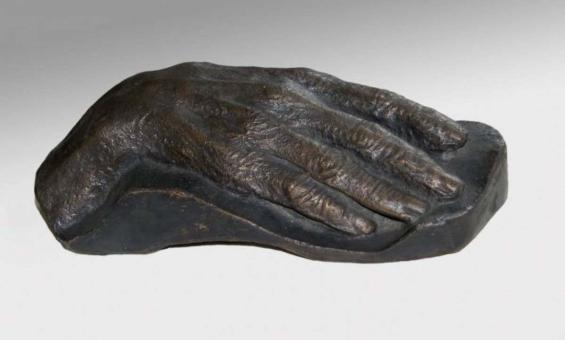
Nelson Illingworth, Cast of Henry Lawson's hand, ca. 1922 [realia], nla.gov.au/nla.obj-139632985

From Macpherson, Christina Rutherford. & McCall McCowan, Joan, Papers relating to the song "Waltzing Matilda", nla.gov.au/nla.obj-224075208 nla.gov.au/nla.obj-224076484

Sir Edmund Barton, Papers of Sir Edmund Barton, 1827-1940, nla.gov.au/nla.obj-225140407
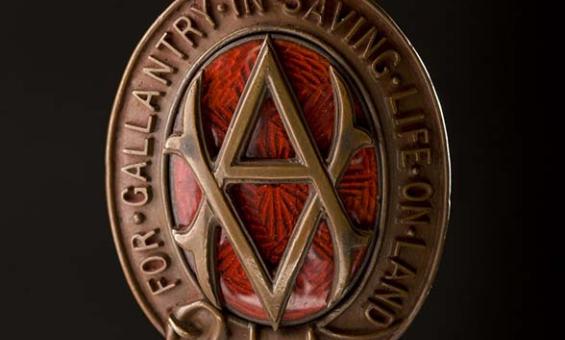
Albert Medal presented to Aya-I-Ga, also known as Neighbour, for gallantry, 1911 [realia], 1912, nla.gov.au/nla.obj-139608611
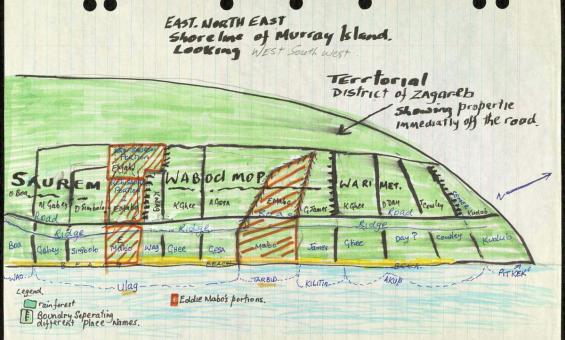
Bryan Keon-Cohen, Greg McIntyre, Queensland Supreme Court and Australia High Court, Papers of Bryan Keon-Cohen [manuscript] : the Mabo case, 1981-2000, 1981, nla.gov.au/nla.obj-224077217
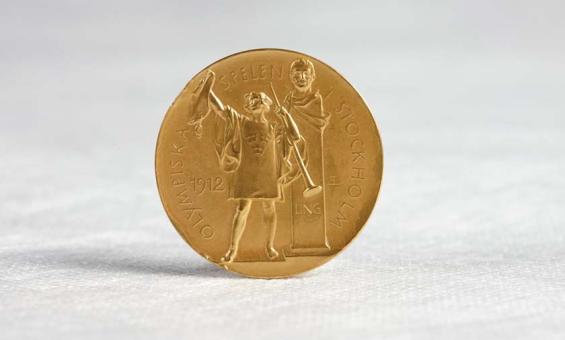
Olympic gold medal won by Miss Fanny Durack at Stockholm, 1912, nla.gov.au/nla.obj-139311257
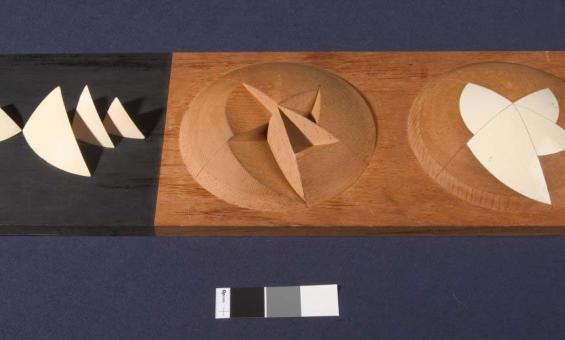
Jørn Utzon, [Architects model for the geometry of the Sydney Opera House shells] [realia], nla.gov.au/nla.obj-139591596